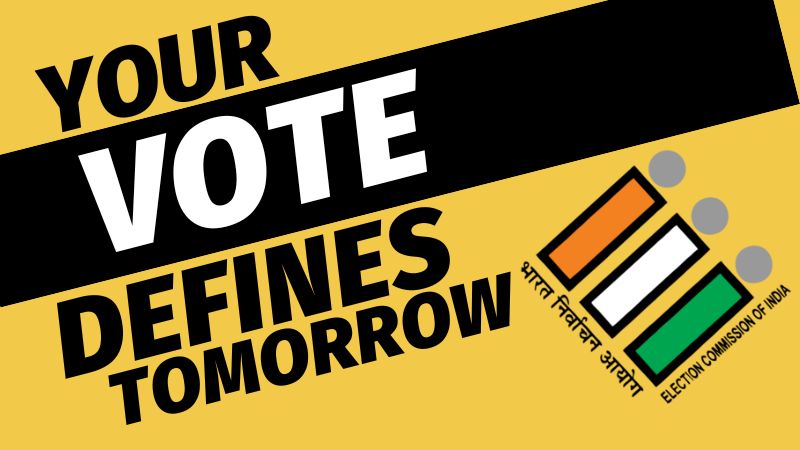Lok Sabha elections are more than just an event in India, which has the largest democracy in the world. They are the heart of Indian democracy, beating with the dreams, aspirations, and differences of more than a billion people. Millions of Indian citizens use their basic right to vote every five years, changing the future of their country and the lives of future generations.
What is a Lok Sabha election?
The Lok Sabha is the House of the People as stipulated in Article 79 of the Indian Constitution, functions as the lower house of parliament. It is comprised of citizens representatives elected through direct balloting using adult suffrage. 552 members is the utmost strength of the House as prescribed by the Constitution.
How the Lok Sabha works?
India has a parliamentary system, which is specified in the constitution. The governments of the regions and the central government each hold a portion of the power.
The constitution calls the Lok Sabha the “House of the People.” It is the lower house of India’s two-house Parliament House. The Rajya Sabha is the top house. The Lok Sabha is composed of members from each constituency. All adults are eligible to vote, and the procedure is “first past the post.”
Work of The President and The Prime Minister:
The president can put them off from their jobs at any time throughout the next 5 years or till the council of ministers asks the president to accomplish that. A meeting of the house takes place in the Lok Sabha Chambers, which are located in the Sansad Bhavan in New Delhi. The party that secured the highest number of votes in the Lok Sabha national elections appoints the prime minister. The Prime Minister holds the helm of the Indian government in terms of administration. The Prime Minister provides the most counsel to the President of India and presides over the Union Council of Ministers.
The Voting Structure
The Lok Sabha allots a certain number of members to each state in a way that makes the ratio between those seats and the population as equal as possible. States having a population of much less than 6 million (60 lakh) are exempt from this provision. There has been no exchange to the quantity of seats each country has since the 1976 constitutional change.
As a result of territorial constituencies, each state maintains a constant ratio between its population and the number of seats allotted to its in this example one across the whole state. The boundary reviews that were mentioned earlier support this standard.
Conclusion:
The Lok Sabha elections are very big thing in Indian democracy. Every citizen has a say in shaping the country’s future. It’s a huge event that happens in every five years. It involves millions of voters from all walks of life. Candidates and parties work hard to earn people’s trust and on Election Day everyone gets a chance to make their voice heard by casting their vote. While the process is not without challenges like voter apathy and unfair practices. It is essential to keep improving it for the sake of democracy. Overall, these elections showcase the strength and vibrancy of Indian democracy, inspiring people both within the country and around the world.
To Upload Your Articles and Blog Visit There:- https://easyblogsubmission.com/login-sign-up/
